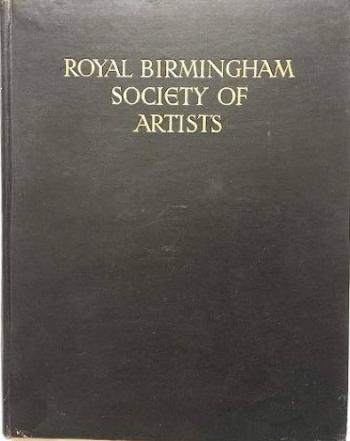Royal Birmingham Society of Artists
The Society, which is a non-profit-making institution, was founded in 1812 and was later granted a royal charter. It is housed in central Birmingham in a specifically designed building where, in its spacious galleries, it held two annual exhibitions each spring. Both were open to non-members, one showing oil and sculpture and the other watercolour and craft. The Society also has a flourishing association of Friends. As early as 1807, Samuel Lines opened an Academy teaching students, several of whom became famous in the art world. In 1812, other pioneers such as J.V. Barber came together to study from the living model, eventually exhibiting their work in 1814 under the patronage of such famous alumni as Benjamin West, J.M.W.Turner, John Flaxman, Joseph Heath and John Sloane.
In 1821, the Birmingham Society of Artists was formed, whose objective was to establish a museum for works of art, provide facilities for students, hold public exhibitions and extend art education in the city of Birmingham. From 1822 to 1912 the Society met in a beautiful Corinthian-style gallery, sadly now demolished. In 1868 Queen Victoria granted the Society Royal status, and it has held annual exhibitions ever since with only minor interruptions during the war years. The Society played an important part in the Pre-Raphaelite movement with both Sir John Everett Millais and Sir Edward Burne-Jones serving as Presidents. Other well-known Presidents were Lord Leighton and Sir Lawrence Alma-Tadema. In 2000 the Society relocated to a refurbished building in St Paul’s Square, near Birmingham’s historic jewellery quarter.
Get Unlimited Access from just £5


